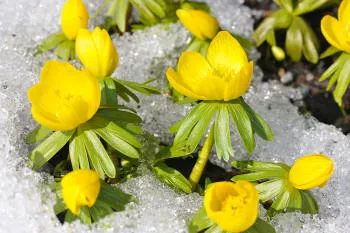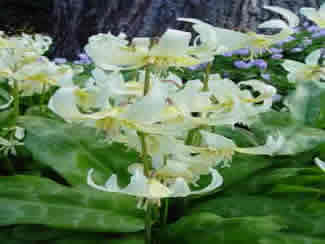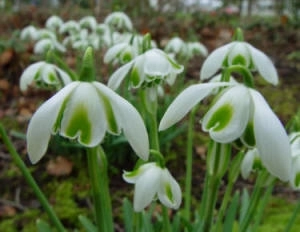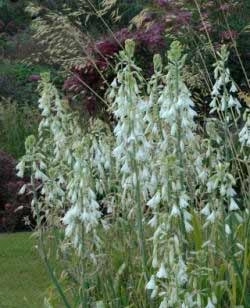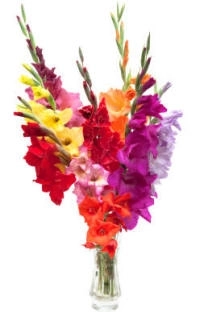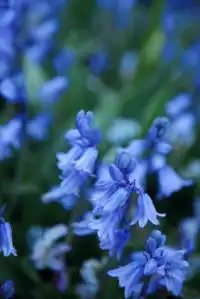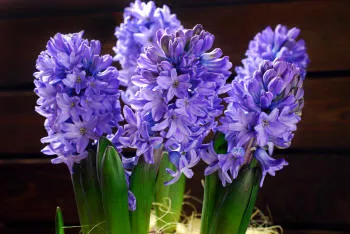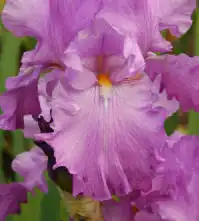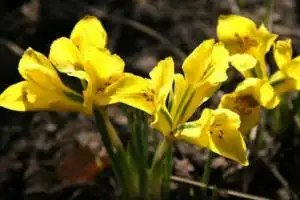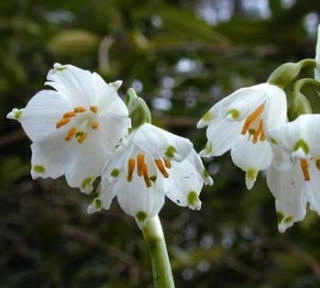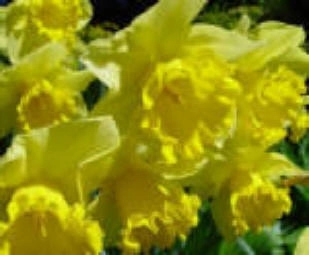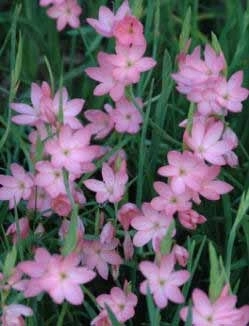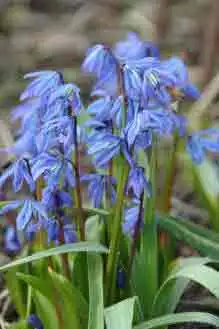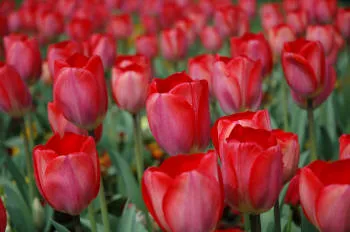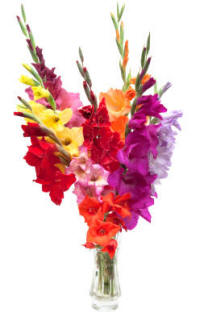
Gladiolus Bulbs
Gladiolus are one of the most spectacular cormous plants that can be grown in most gardens. Other than the fact they are so colourful, a big plus point in their favour is that they take up so little room for such a splendid display of flower from mid summer through until autumn.
The big disadvantage of gladioli bulbs, being that they are also splendid cut-flower material. Not a problem for some!
There are three main groups of Gladiolus for growing in gardens.....
- Gladiolus Grandiflorus group - which as the name suggests is the doyen of large flowered specimens. Whilst they can be used as cut flower - in large arrangements, this group of Gladioli bulbs are far better suited to the garden display with their masses of huge flowers - often twenty - thirty per stem..
- Gladiolus nanus group - are generally better for using as cut flower than their larger cousins in the Gladiolus grandiflorus group. They have a decided advantage in that they will often send three or even four flowering shoots from the same corm. They normally have six or seven buds per stem.
- Gladiolus Primulinus group - flowering from early through to late summer, with quite distinct flowers held on thin stems - but none the less sturdy for that. A single stem which can produce many - up to twenty - flower buds.
